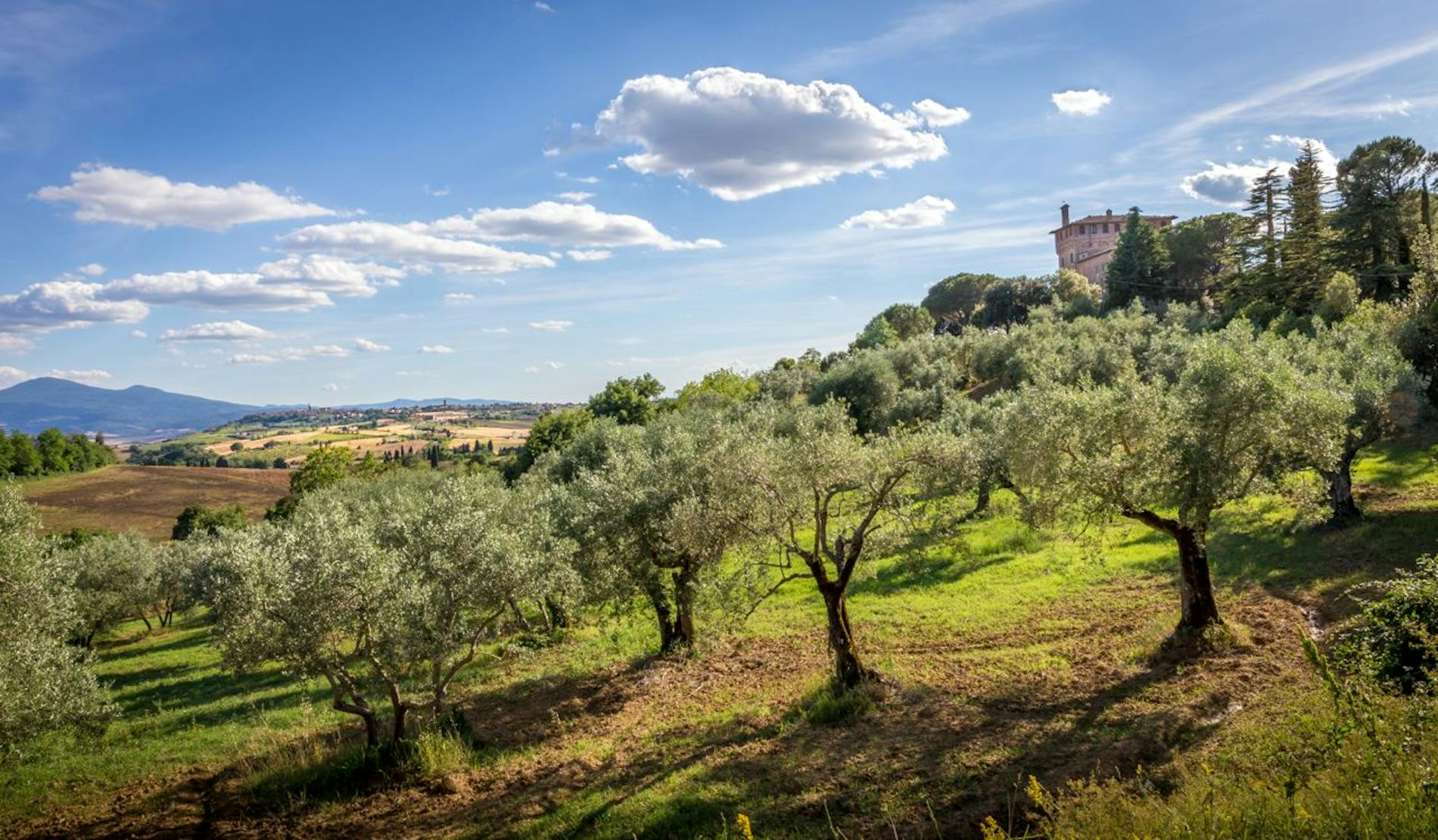Montalcino: beyond the Brunello

Occupying about 15% of the territory in viticulture, we do not have a monoculture problem. In fact, while the lower part of the municipality, the one drawn by gentle hills and valleys, is almost totally reserved for the cultivation of wheat (the Val d'Orcia has always been an important reservoir of cereals), the highest part leaves room for part groves and woods which, together with the vineyards, are the protagonists of the hills of Montalcino.

In addition to wine and oil, Montalcino is also the city of honey. Among the many small producers of this nectar, the Tassi company is certainly one of the most important.
The local cuisine is typically Tuscan cuisine, where we can find details of the Sienese one (Siena is about 40 minutes from the north-west side) and the Maremma one (Grosseto is about 40 minutes from the south-west side), and they often blend together.
Pinci (known as Pici in the nearby Val di Chiana), seasoned with garlic from Val di Chiana, crumbs, or game-based sauces should certainly be counted among the most classic dishes. Pinci, for those unfamiliar with them, are a type of long pasta, similar to spaghetti with a generous diameter.
Podere Le Ripi created a 4-days-in-Montalcino itinerary to delve into this enchanting territory.


